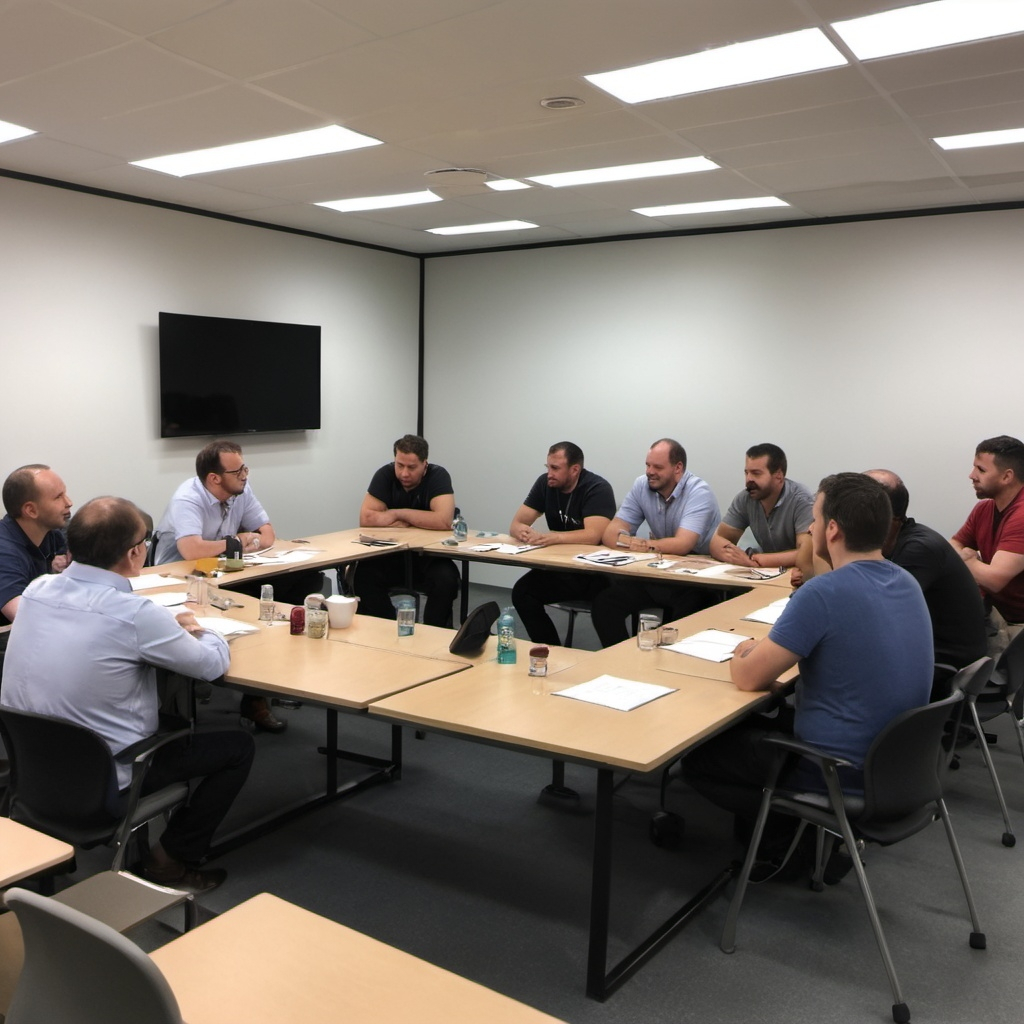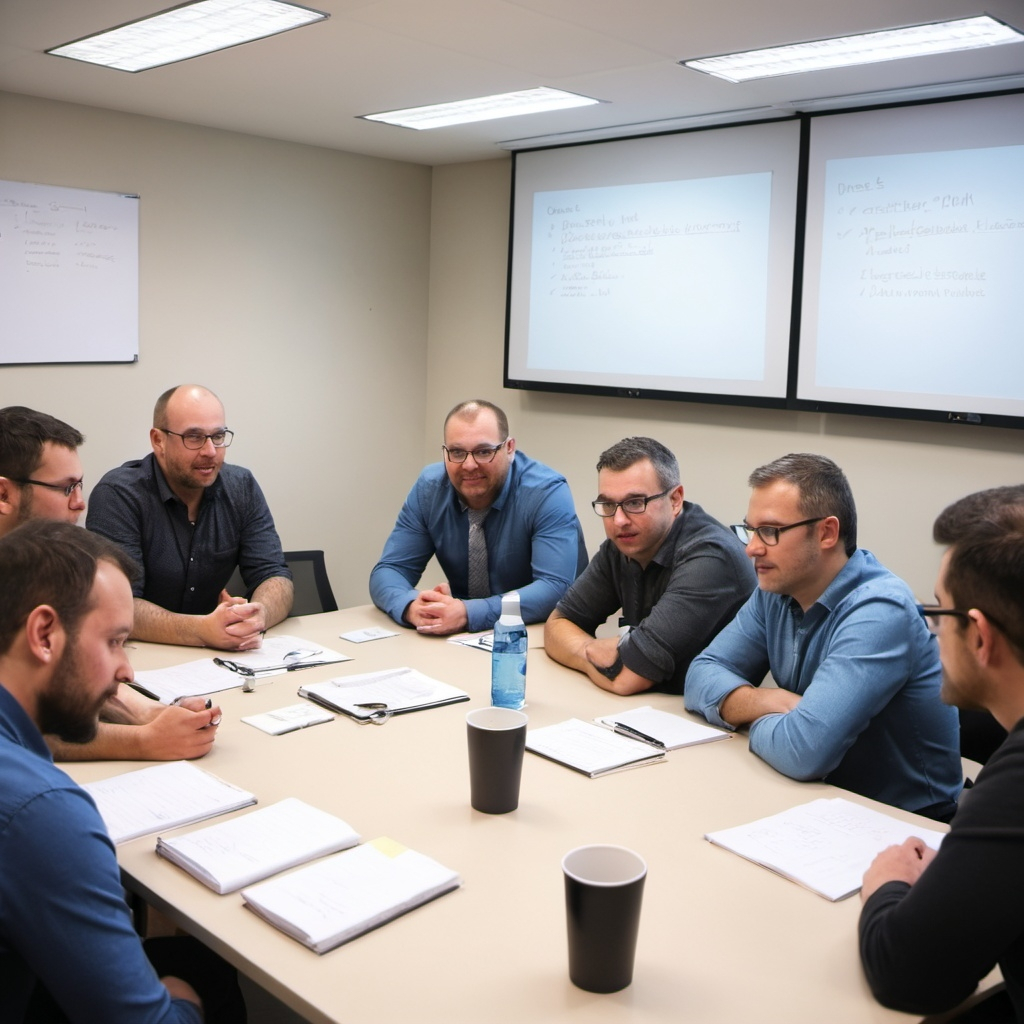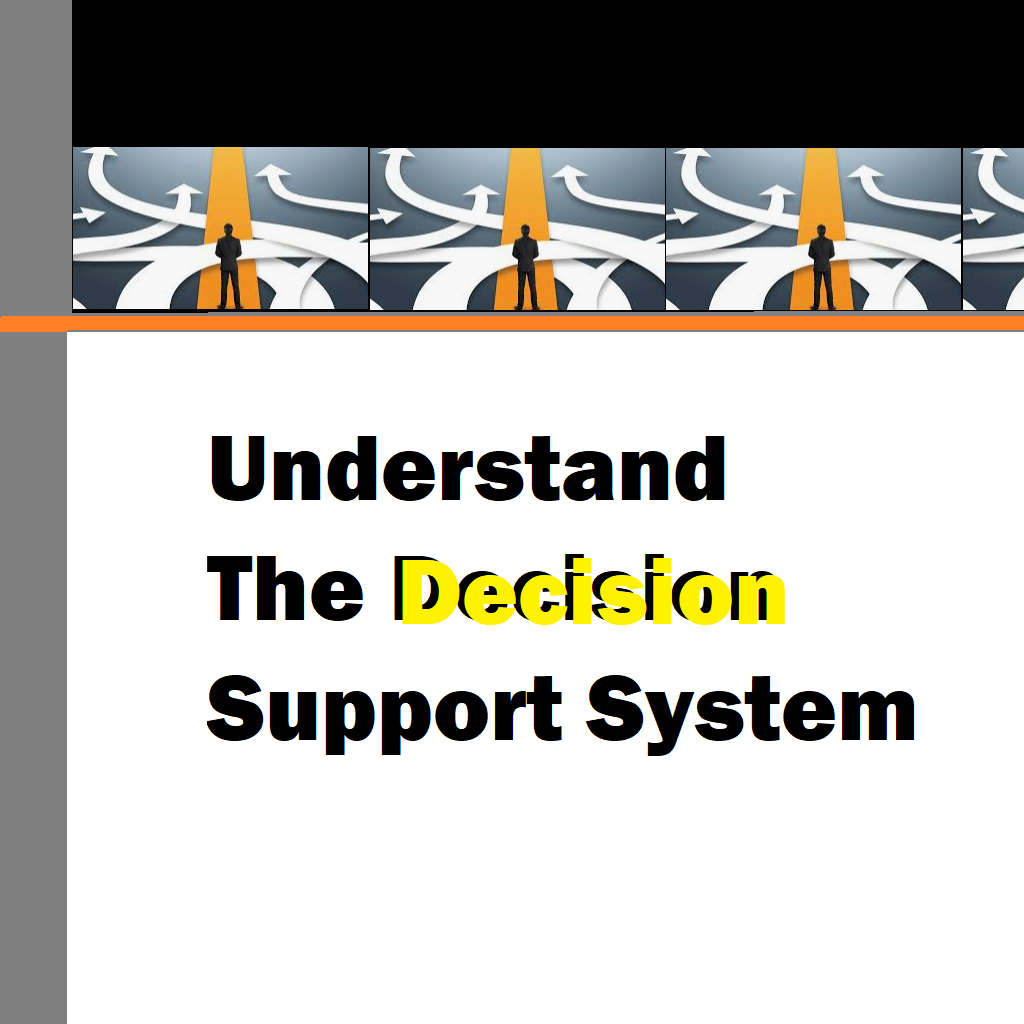Navigating Pitfalls for Agile Success
In the fast-paced world of software development, Scrum has emerged as a beacon of hope for teams striving to deliver high-quality products efficiently. Its iterative approach, emphasis on collaboration, and ability to adapt to changing requirements make it a popular choice. However, as with any methodology, the real challenge lies in its implementation. While many teams achieve remarkable success with Scrum, others stumble upon obstacles that hinder their progress. These obstacles, often subtle and pervasive, are known as Scrum anti-patterns.
Scrum anti-patterns are practices that, on the surface, may seem harmless or even beneficial but ultimately undermine the effectiveness of the Scrum framework. They can creep into the daily routine, affecting team morale, productivity, and the overall success of the project. Understanding and addressing these anti-patterns is crucial for any team committed to mastering Scrum and harnessing its full potential.
Contents
Unveiling Scrum Anti-Patterns: Navigating Pitfalls for Agile Success.
The Illusion of Success: Velocity as a Metric.
The Invisible Wall: Siloed Team Members
The Never-Ending Sprint: Lack of Sprint Goals
The Overloaded Sprint Backlog.
The Ignored Definition of Done.
Case Study #1 – Addressing Sprint Planning Reluctance in a Scrum Team..
Case Study #2 – Building Consensus in Group Settings
In this article, we will delve into the world of Scrum anti-patterns, exploring common pitfalls that teams encounter. We will uncover why these anti-patterns emerge, how they impact the team’s performance, and most importantly, how to identify and rectify them. Through practical examples and emotional insights, we aim to provide a comprehensive guide to help teams navigate these challenges and achieve true Agile excellence.
The Illusion of Success: Velocity as a Metric
One of the most common Scrum anti-patterns is the overemphasis on velocity as a primary measure of success. Velocity, defined as the amount of work a team completes in a sprint, can be a useful metric. However, when teams become fixated on increasing velocity at all costs, it can lead to detrimental effects.
Practical Example:
Imagine a team that begins to focus solely on boosting their velocity. They start breaking down tasks into smaller, less meaningful units, merely to increase the number of completed items. While the velocity metric might show improvement, the overall value delivered to the customer diminishes. This focus on quantity over quality can lead to technical debt and a decline in product quality.
The Invisible Wall: Siloed Team Members
Scrum promotes cross-functional teams where every member contributes to different aspects of the project. However, an anti-pattern emerges when team members become siloed, working in isolation and sticking strictly to their roles.
Practical Example:
Consider a Scrum team where developers only code, testers only test, and no one steps out of their defined roles. This lack of collaboration hinders knowledge sharing and slows down problem-solving. When a critical issue arises, the team struggles to address it efficiently because the knowledge is compartmentalized. The spirit of Scrum, which thrives on collective ownership and collaboration, is lost.
The Scrum Master Dictator
The role of the Scrum Master is to facilitate, guide, and support the team. However, a dangerous anti-pattern occurs when the Scrum Master becomes authoritarian, dictating tasks and decisions rather than fostering a collaborative environment.
Practical Example:
In a team where the Scrum Master has taken on a dictatorial role, team members may feel disempowered and disengaged. Instead of self-organizing and taking ownership of their tasks, they wait for instructions, stifling creativity and innovation. This top-down approach contradicts the principles of Scrum and undermines the team’s autonomy and motivation.
The Never-Ending Sprint: Lack of Sprint Goals
Sprints are meant to provide a focused period during which the team aims to achieve specific goals. An anti-pattern emerges when sprints lack clear objectives, leading to a directionless and never-ending cycle of work.
Practical Example:
Imagine a team that starts each sprint without a well-defined goal. They work on tasks without a clear understanding of what they aim to achieve by the end of the sprint. This lack of direction results in fragmented efforts, and the team struggles to demonstrate progress during sprint reviews. The absence of sprint goals erodes the sense of purpose and can lead to burnout.
The Product Owner Bottleneck
The Product Owner plays a crucial role in defining and prioritizing the product backlog. However, an anti-pattern develops when the Product Owner becomes a bottleneck, slowing down the decision-making process and impeding the team’s progress.

Practical Example:
Consider a situation where the Product Owner is overwhelmed with responsibilities and unable to provide timely feedback or decisions. The team is left waiting for approvals, clarifications, or new requirements, causing delays and frustration. This bottleneck hinders the team’s ability to maintain a steady workflow and adapt to changes promptly.
The Missing Retrospective
Retrospectives are an essential part of Scrum, offering the team an opportunity to reflect on their performance and identify areas for improvement. An anti-pattern arises when retrospectives are skipped or conducted superficially.
Practical Example:
A team that neglects retrospectives misses out on valuable insights and learning opportunities. Without reflecting on what went well and what didn’t, the team is likely to repeat the same mistakes. Over time, this lack of introspection can stagnate the team’s growth and prevent them from continuously improving their processes.
The Overloaded Sprint Backlog
A well-managed sprint backlog is crucial for maintaining a sustainable pace of work. An anti-pattern occurs when the sprint backlog is overloaded with tasks, leading to unrealistic expectations and stress.
Practical Example:
Imagine a team that consistently commits to more work than they can realistically complete within a sprint. They feel pressured to meet these unrealistic commitments, leading to long hours, burnout, and a decline in the quality of work. The sprint review often ends with incomplete tasks, damaging team morale and confidence.
The Absent Stakeholder
Active stakeholder engagement is vital for the success of any Scrum team. An anti-pattern emerges when stakeholders are absent or disengaged, leaving the team without necessary feedback and support.
Practical Example:
Consider a project where stakeholders rarely attend sprint reviews or provide feedback. The team works in isolation, making assumptions about the product’s direction and user needs. This lack of engagement can lead to misaligned priorities and a final product that fails to meet stakeholder expectations.
The Unchanging Backlog
The product backlog should be a dynamic entity, evolving based on feedback and changing requirements. An anti-pattern arises when the backlog becomes static, with items remaining unchanged for long periods.
Practical Example:
In a team where the product backlog is rarely updated, the development process becomes disconnected from the real-world needs of users and stakeholders. The team may end up working on outdated features, wasting time and resources. A stagnant backlog stifles innovation and prevents the team from delivering maximum value.
The Ignored Definition of Done
The Definition of Done (DoD) is a critical aspect of Scrum, ensuring that all completed work meets the agreed-upon standards. An anti-pattern develops when the DoD is ignored or inconsistently applied.
Practical Example:
Imagine a team that frequently bypasses their DoD to meet deadlines. Features are marked as “done” despite lacking proper testing or documentation. Over time, this leads to technical debt, increased defects, and a loss of trust in the team’s deliverables. The integrity of the product suffers, and the team’s reputation is compromised.
Case Study: Addressing Sprint Planning Reluctance in a Scrum Team
Background
In a mid-sized software development company, the Scrum team had been consistently delivering projects successfully. However, recently, a key developer, Alex, began expressing reluctance to attend sprint planning meetings. Alex believed these sessions were a waste of time, arguing that they could be better spent on actual development work. This reluctance posed a significant challenge to the team’s collaborative efforts and the overall success of the sprints.

The Situation
During a typical sprint planning session, Alex often appeared disengaged, occasionally skipping the meetings altogether. When present, he would reluctantly participate, contributing minimal input. This behavior not only affected the team’s morale but also led to gaps in planning, as Alex’s expertise was crucial for accurate estimations and task breakdowns.
The Impact
Alex’s reluctance had several adverse effects on the team:
- Incomplete Planning: Without Alex’s insights, the team struggled to accurately estimate the complexity and time required for tasks, leading to either over-commitment or under-utilization during sprints.
- Decreased Morale: Alex’s attitude created a sense of discord within the team. Other members felt undervalued and frustrated, as they perceived his absence as a lack of commitment to the team’s collective goals.
- Inefficient Workflow: The lack of comprehensive planning resulted in frequent interruptions during the sprint, as unforeseen issues arose that could have been identified and mitigated during the sprint planning meeting.
The Approach
To address this issue, the Scrum Master, Maria, decided to take a multi-faceted approach:
- One-on-One Conversation: Maria scheduled a private meeting with Alex to understand his concerns. During this conversation, Alex expressed that he felt sprint planning was often redundant and lacked structure, leading to long, unproductive meetings.
- Team Retrospective: In the next retrospective, Maria encouraged an open discussion about the efficiency and structure of sprint planning meetings. The team collectively identified that the meetings often lacked clear agendas and that discussions sometimes deviated from the core objectives.
- Process Improvement: Based on the feedback, Maria introduced several changes:
- Clear Agenda: Each sprint planning meeting would have a well-defined agenda, ensuring discussions remained focused.
- Time-Boxing: The meetings would be strictly time-boxed to prevent them from dragging on unnecessarily.
- Pre-Planning Preparation: Team members were encouraged to review the backlog and prepare their inputs beforehand to streamline the discussion.
- Reinforcing the Importance of Sprint Planning: Maria emphasized the value of sprint planning in setting the stage for a successful sprint. She highlighted how effective planning could actually save time during the sprint by reducing the number of unforeseen issues and interruptions.
The Outcome
Over the next few sprints, the changes began to take effect. The sprint planning meetings became more structured and efficient, with a clear agenda and active participation from all team members, including Alex. Alex’s initial reluctance gradually diminished as he saw the benefits of the improved process.
The team experienced several positive outcomes:
- Enhanced Collaboration: With Alex actively participating, the team was able to leverage his expertise during planning, leading to more accurate estimations and better task distribution.
- Improved Morale: The team felt more cohesive and motivated, as everyone’s input was valued and the meetings were more productive.
- Smoother Sprints: The thorough planning resulted in fewer disruptions during the sprint, allowing the team to maintain a steady and focused workflow.
Conclusion
This case study highlights the importance of addressing individual concerns and optimizing processes to enhance team collaboration in Scrum. By taking the time to understand Alex’s perspective and implementing meaningful changes, Maria was able to transform sprint planning from a perceived waste of time into a valuable, efficient, and collaborative activity. This experience underscored the need for continuous improvement and adaptability within Agile teams, ensuring that every team member’s contribution is maximized for the success of the project.
Case Study #2 – Building Consensus in Group Settings
The Role of Facilitation Activities
In collaborative environments, achieving consensus is often a critical objective. Consensus-building activities are designed to ensure that all voices are heard, concerns are addressed, and a mutually agreeable decision is reached. One of the most effective activities for building consensus in a group setting is facilitated discussion. This structured approach allows for inclusive participation, promotes understanding, and helps guide the group towards a collective agreement.
Facilitated Discussion: An Overview
Facilitated discussions are guided conversations led by a facilitator who ensures that the process remains organized, inclusive, and goal-oriented. The facilitator’s role is to create a safe space for open dialogue, manage the flow of the discussion, and help the group navigate through differing opinions to reach a consensus.

Key Components of a Facilitated Discussion
- Preparation: The facilitator prepares by understanding the group’s objectives, the topics to be discussed, and the potential areas of disagreement. This preparation often involves setting a clear agenda and defining the desired outcome of the discussion.
- Ground Rules: Establishing ground rules at the beginning of the session is crucial. These rules encourage respectful communication, active listening, and constructive feedback. Common ground rules include not interrupting others, being open to different perspectives, and focusing on the issue rather than personal differences.
- Structured Process: The discussion is structured to allow everyone to contribute. This may include techniques such as round-robin sharing, where each participant takes a turn to speak, or breakout groups that allow for more focused discussions on specific topics before reconvening as a whole.
- Active Listening: The facilitator emphasizes the importance of active listening. Participants are encouraged to paraphrase what others have said to ensure understanding and to demonstrate that they value each other’s input.
- Visual Aids: Tools such as whiteboards, sticky notes, or digital collaboration platforms can help visualize ideas and track the discussion’s progress. Visual aids can clarify points, highlight agreements and disagreements, and keep the group focused on the agenda.
- Summarization and Reflection: Periodically summarizing the key points of the discussion helps to ensure that everyone is on the same page. The facilitator may also ask participants to reflect on what has been discussed and to identify any remaining concerns or questions.
- Decision-Making Techniques: To move towards consensus, the facilitator can employ various decision-making techniques such as dot voting, where participants place dots next to their preferred options, or the fist-to-five method, where participants show their level of agreement with a proposal by holding up a certain number of fingers.
Practical Example
Imagine a project team tasked with selecting a new project management tool. The team is divided, with strong opinions about various options. To build consensus, the team leader, acting as the facilitator, organizes a facilitated discussion.
- Preparation: The facilitator reviews the available tools, gathers initial feedback from team members, and sets an agenda that includes a discussion of the pros and cons of each tool.
- Ground Rules: At the start of the meeting, the facilitator establishes ground rules, emphasizing respect and active listening.
- Structured Process: The discussion begins with a round-robin where each team member shares their top choice and reasons for it. The facilitator ensures that everyone has an opportunity to speak.
- Active Listening: Team members are encouraged to paraphrase each other’s points to confirm understanding, which helps to clarify misconceptions and highlight common ground.
- Visual Aids: The facilitator uses a whiteboard to list the features of each tool and tally the preferences expressed by team members.
- Summarization and Reflection: After the initial round of sharing, the facilitator summarizes the main points and asks the team to reflect on the discussion, inviting further comments and addressing any remaining concerns.
- Decision-Making Techniques: The team uses dot voting to indicate their preferences for the tools discussed. The facilitator helps the team interpret the results, guiding them towards a consensus on the top two choices and facilitating a deeper discussion to finalize the decision.
Conclusion
Facilitated discussions are a powerful activity for building consensus in group settings. By providing a structured, respectful, and inclusive process, facilitated discussions help groups navigate complex issues, understand diverse perspectives, and reach mutually agreeable decisions. The success of such activities hinges on effective facilitation, clear communication, and a commitment to collaborative decision-making.
To Summarize
Scrum, when implemented effectively, can transform the way teams work, fostering collaboration, innovation, and high-quality product delivery. However, the presence of anti-patterns can derail even the most well-intentioned Scrum initiatives. By recognizing and addressing these anti-patterns, teams can reclaim the true essence of Scrum and navigate the path to Agile success.
Through the practical examples and emotional insights shared in this article, we hope to equip teams with the knowledge and awareness needed to identify and eliminate Scrum anti-patterns. By fostering a culture of continuous improvement, open communication, and collective ownership, teams can overcome these challenges and achieve their full potential.
Remember, the journey to mastering Scrum is an ongoing one. It requires vigilance, adaptability, and a commitment to learning and growth. Embrace the principles of Scrum, steer clear of anti-patterns, and watch your team thrive in the ever-evolving landscape of software development.
Curated for you





I found this article very beneficial.
Thanks! Isaias. More curated content up for serving.